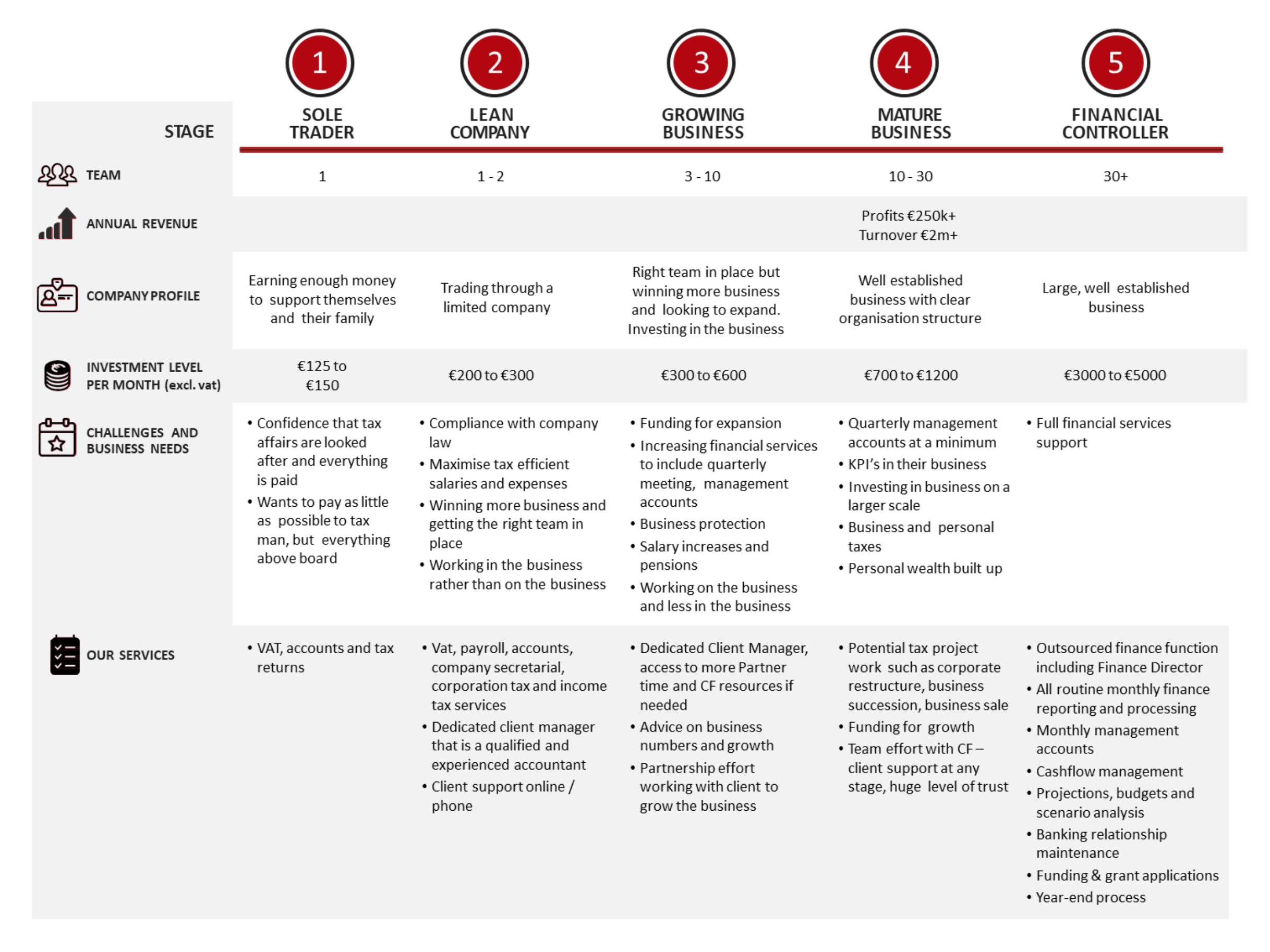I will look at negligible value losses for CGT. I’ll review a recent case that went to appeal and the meaning of words that can work for or against a taxpayer. Let’s look at
- Background
- Case for Pat
- Case for Revenue
- Commissioner’s Findings
- Lessons we learn
Background
Mary Noonan sold land in 2023. She made a gain, resulting in a CGT liability of €79,460. Her husband Pat bought AIB and Permanent TSB shares over the years. The shares were of negligible value compared to what he bought them for. He claimed negligible loss relief against Mary’s gain to reduce her CGT liability. For example, a €100,000 loss would reduce her CGT liability by €33,000.
Revenue refused the negligible loss relief claim. It was their view that the shares were not of negligible value.
Facts
On the 28th of April 2024, Pat Noonan completed a Form 11 Income Tax return for 2023. In that return, he claimed negligible loss relief. In July 2024, Revenue issued an amended CGT assessment that disallowed the relief. On the 23rd of July, Pat appealed against the amended CGT assessment to the Commission.
Case for Pat
Pat’s daughter, Marie, was a witness to support the case for Pat. She confirmed that her father purchased a total of 20,747 shares in AIB over the years. He bought the shares at different prices, ranging from €2.03 to €12.67. By her calculations, that block of shares cost over €89,000. Pat also bought 1,500 AIB shares at a cost of €21,570. In total, his entire AIB shareholding cost him over €110,000.
In 2015, there was a share consolidation for AIB shares. Shareholders got 1 new share for every 250 shares held. This meant Pat had 83 shares for his original holding of 20,747 and 6 shares for the original holding of 1,500 shares. It was a similar position with Irish Life & Permanent [IL&P] shares. He bought 1,500 shares for €20,625. He purchased another tranche of 1,500 shares for €5,049. In 2015, IL&P consolidated its shares at a ratio of 1 share for every 100 held. So, Pat now had 15 shares from the first purchase and another 15 from his last purchase. A total of 30 shares.
Marie confirmed the total outlay on these shares came to €136,664. In 2023, the IL&P shares had a value of €50, and the AIB shares had a value of €350, which she claimed was negligible
Submissions
It was submitted that the shares held by Pat were of negligible value to him. There was over a €110,500 loss on the AIB shares and a loss of over €25,500 on the IL&P shares. Pat’s tax advisor mentioned Revenue’s guidance notes on this issue. That had an example of shares decreasing in value from €10 million to €100,000, but the percentage decrease in this case was much higher. It was Revenue’s view that the losses were artificial, but he had lost a “vast amount of money on the shares.”
The tax advisor argued that in the context of share dealing, it was clear that the values were negligible. He argued that you had to look at the value relative to the original purchase price. He also mentioned that Pat had previously held Anglo Irish Bank shares. And that Revenue had allowed negligible loss relief in respect of those shares.
Case for Revenue
Revenue stated that Pat’s shares had not become of negligible value. They were traded on the open market and had a value. They mentioned a UK appeals case, Barker, before the First-Tier Tribunal [ FTT]. The FTT held that if an asset had a market value, its value could not be said to be “negligible”. In that appeal, the FTT found that there was no market for the shareholding in that case. That was to be contrasted with this appeal, where there was a readily available market for the AIB and the IL&P shares.
In their view, this piece of tax law
“was not intended to apply to a situation where an asset was firstly, still in existence and secondly, disposable on a readily available market, thereby making losses available on an actual basis”.
The taxpayer could have sold the shares in the normal manner to avail of the losses. But what he was trying to do was to backdate a claim for losses to put against his wife’s gains in 2023. Revenue stated that he was
“seeking to artificially manipulate the CGT Acts to create a loss to put against the disposal of land in 2023″
In their view, “negligible” assumed something worthless that was not disposable anywhere else. In relation to the Anglo Irish shares, after Anglo had been nationalised, Revenue treated its shares as having negligible value. This was in contrast to AIB and IL&P shares, which continued to be traded on the open market.
Commissioner’s Findings
The commissioner’s findings relied heavily on the UK Barker case, which ruled on the same UK tax section. That rule is for cases where the asset still exists but is as good as dead. The asset has effectively ceased to exist
“negligible value” means “worth next to nothing”
He views these words are in agreement with the definition of “negligible” in the Oxford English Dictionary as
“so small or insignificant as not to be worth considering”
He also agrees with Revenue that the value of an asset is not assessed in comparison to its earlier value.
The commissioner went on to talk about the assets in question. Rather than looking at a shareholding in totality, it is each share that is the asset. The value of each AIB share held by Pat in 2023 was €3.93, and the value of each IL&P share was worth €1.67.
“The Commissioner is satisfied that neither of these values could correctly be described as negligible, either by reference to the guidance provided in Barker (eg, “worth next to nothing”) or by the common understanding of the word”.
The value of the AIB shares has increased since 2023, and the value of IL&P has remained roughly the same. The shares continued to be traded, and the taxpayer could sell them at any time. As a result, he doesn’t consider the shares to be “as good as dead”. He accepts that the taxpayer suffered a massive loss in value of his shares. But the comparable loss is not what he understands as becoming of negligible value.
The appeal is unsuccessful, and the amended assessment to CGT for 2023 stands.
Lessons we learn
What are the lessons we learn from this case? Revenue were right (it hurts to say that) in that Pat could have sold those shares in 2023 to avail of the losses. If he did, there would have been no issue setting them off against Mary’s gain. An allowable loss of €136,000 at 33% is a tax saving of €44,880.
Pat would have to have sold the shares in the same year that Mary sold the land. If he sells the shares in 2024, he can either use the losses that year against gains or carry the losses forward. He can’t carry them back to 2023.
Pat and Mary are jointly assessed for tax. With joint assessment, the losses of one spouse are offset against the gains of the other spouse. This isn’t the position when spouses or civil partners are separately assessed.
Client Experience
We have found with clients over the years that they aren’t too concerned about CGT losses. “Sure, there’s nothing to worry about as I lost money on that thing”. Our view is to calculate the loss and get it on the client’s tax return. At least they know the value of the loss, and they can use it to offset against a future gain. This is especially valuable when there are other assets like property and shares. Get the correct loss into your tax return is our motto.
In this case, I’d have a lot of sympathy for the taxpayer. There was a huge loss in financial terms. It’s hard not to compare the shares worth €400, which cost over €136,000. In anyone’s eyes, that’s a negligible value compared to the cost. But there is a market and there is a value, so the taxpayer loses out. If you compare that to Anglo shares, there was no market and no value. Hence, the reason why Revenue allowed the claim for Anglo.
The CGT payment date for 2025 is coming up soon on the 15th of December. Make sure you don’t miss it. Have a look at our Capital Gains Tax tips to help you with the numbers.
Want help to get your CGT sorted? If so, start here


